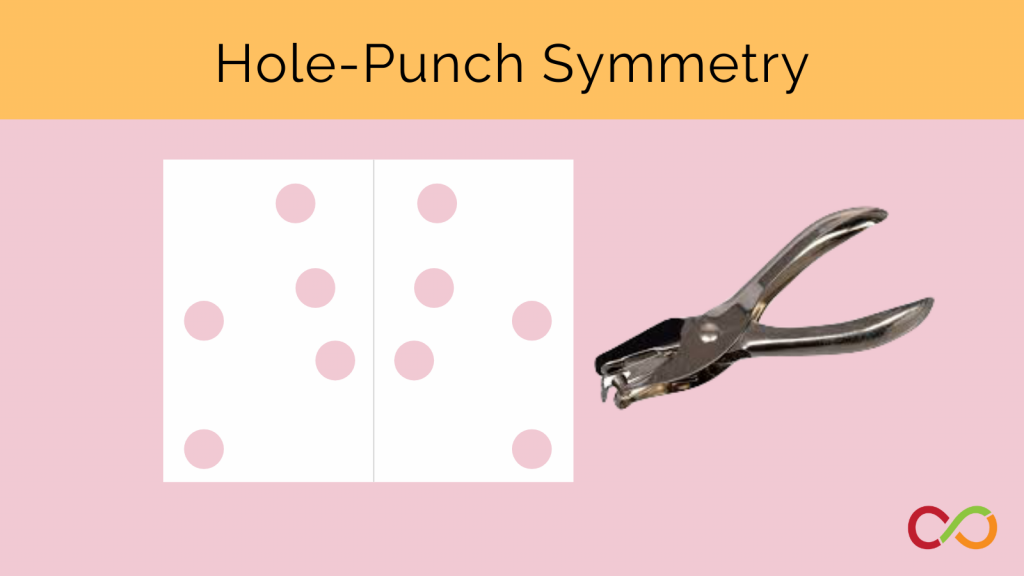Square Tile Grid Symmetry Quick Image
Primary (Age 6 – 9)
Curriculum Goal
Primary: Number Sense
- Describe and perform translations and reflections on a grid, and predict the results of the transformations.
Context
- This teacher-led activity can be conducted with a whole class or small groups.
- Students sit in a semicircle.
- Students should have prior experience with symmetry and line of symmetry.
Materials
- Square Tile Grid Symmetry Quick Image PowerPoint (Appendix A)
- Computer and projector or SmartBoard
- Assortment of square tiles (red, yellow, blue, and green) for each student
- 10 x 10 grid (1” increment) for each student with a line of symmetry drawn down the middle
Lesson
- Present students with half of a symmetrical design for five seconds.
- Invite students to create the “missing” half of the symmetrical image from memory.
- Some students may choose to recreate the original as well as the reflected image, whereas others may decide to create the reflected “missing” image only.
- Depending on the complexity of the shape and the needs of the student, the image may need to be shown again to allow students to notice additional features while they build.
- After sufficient time for building, show the original image again. Have students compare it with their own.
- Facilitate discussion and sharing about the strategies used by the students to approach the task. Some questions to extend student thinking:
- How can you tell/prove that what you have created is symmetrical to the image shown on the board?
- Did counting the empty squares help you?
- How many square tiles in all (both sides of symmetry) were needed for this picture?
- Did you find it easy, medium, or difficult to build the mirror half from memory?
- What made the challenge easy/medium/difficult?
- Repeat the process with other designs.
- For challenges with horizontal line of symmetry, ask students to rotate the grid to match the image.
Look Fors
- Are students visualizing the shape in their mind?
- Are students counting the squares to determine which squares should contain blocks?
Share this lesson
Share on facebook
Share on twitter
Share on email

